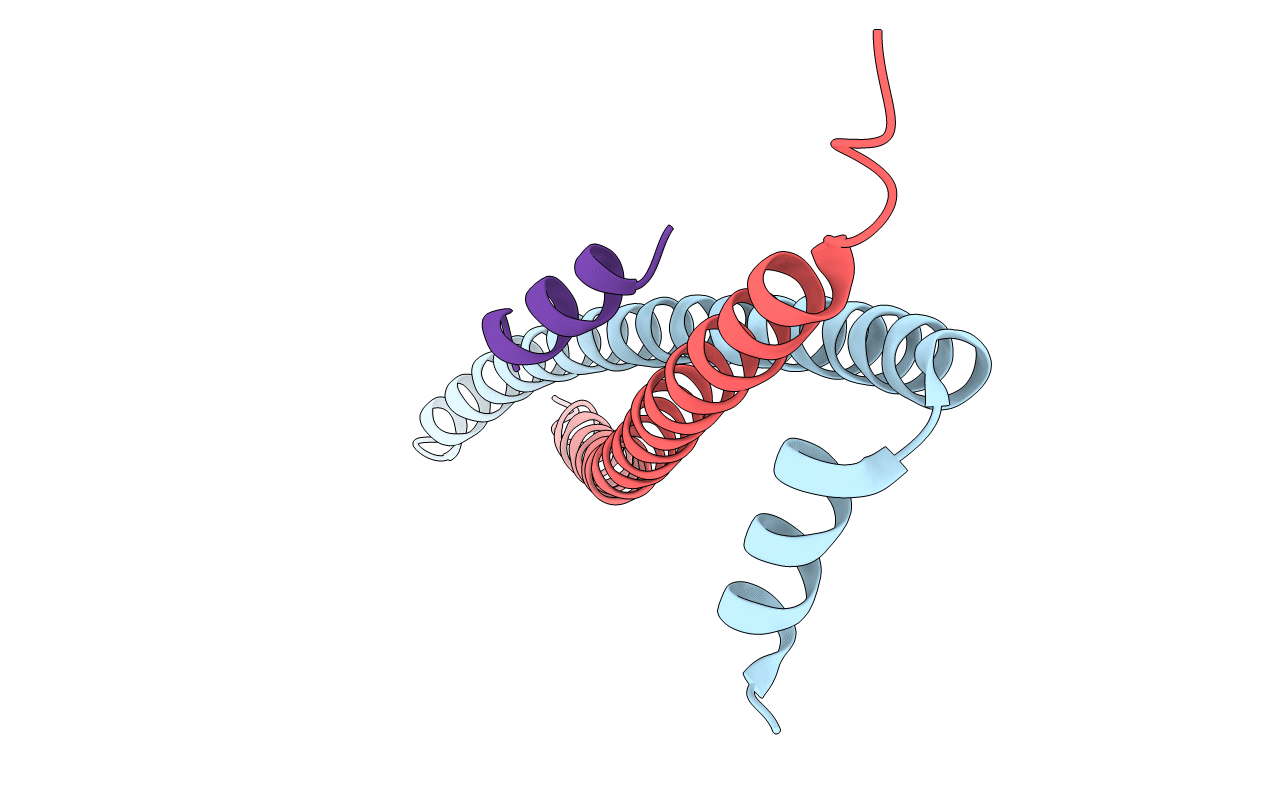
Deposition Date
2019-07-12
Release Date
2020-07-15
Last Version Date
2024-10-23
Entry Detail
PDB ID:
6PSE
Keywords:
Title:
Complex of BICD2 with a Dynein Light Intermediate Chain Peptide
Biological Source:
Source Organism:
Homo sapiens (Taxon ID: 9606)
Host Organism:
Method Details:
Experimental Method:
Resolution:
2.40 Å
R-Value Free:
0.24
R-Value Work:
0.19
R-Value Observed:
0.19
Space Group:
P 21 21 21


